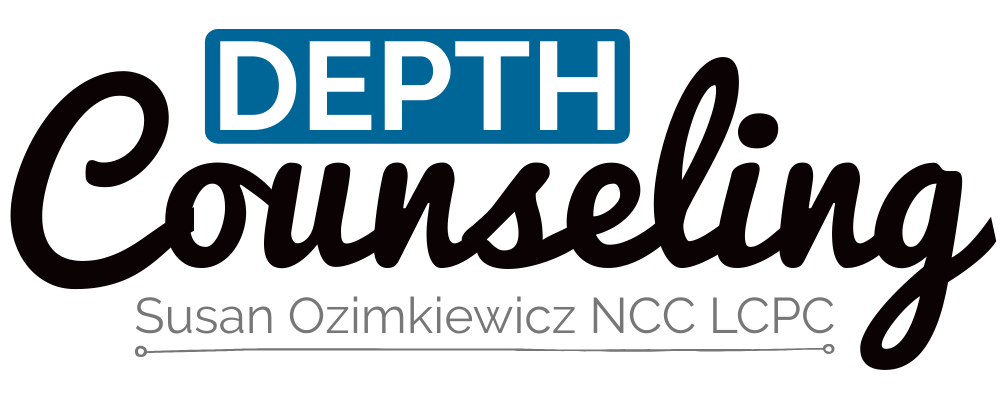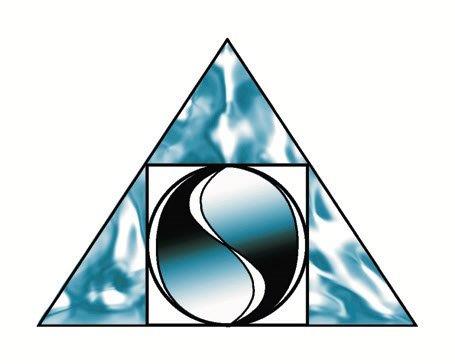Truth Be Told
“Mistakes are, after all, the foundations of truth, and if a man does not know what a thing is, it is at least an increase in knowledge if he knows what it is not.” ― C. G. Jung
From time to time, some of my clients have talked about wanting to know the truth. Their question is what is their truth and how to know and use it. If they speak their truth how can they be certain it is true. Truth seems a very elusive and uncertain thing.
Some client’s have expressed a curiousness about the confusing nature of truth such as there is a grain of truth in everything versus stretching the truth and is there any truth at all. Emily Dickenson’s poem Tell all the Truth but tell it slant describes this dilemma:
Tell all the Truth but tell it slant–
Success in Circuit lies
Too bright for our infirm Delight
The Truth’s superb surprise.
Veritas was known as the goddess of truth in Roman mythology. The word Veritas means truth. According to mythology, Veritas was a daughter of Saturn and the mother of Virtue. The goddess of truth was so mysterious and obscure because she hid in the bottom of a holy well. Ancient images of Veritas pictured her as a young virgin dressed in white.
In Greek Mythology the word Aletheia (or Alathea) (ἀλήθεια) meant truth. Aletheia was the personification of truth, the spirit ( daimona ) of truth, truthfulness and sincerity. Her opposites were Dolos (Trickery), Apate (Deception) and the Pseudologoi (Lies).
Falsehood
“What may appear as truth to one person will often appear as untruth to another person. But that need not worry the seeker.” ─ Mohandas K. “ Mahatma ” Ghandi
Here is a short fable that gives an impression, an image, and an idea about truth’s subtleness.
Aesop Fables 530 (from Phaedru s Appendix 5): Prometheus, that potter who gave shape to our new generation, decided one day to sculpt a statue of Truth, using all his skill so that she would be able to regulate people’s behaviour. As he was working, an unexpected summons from mighty Jupiter called him away. Prometheus left cunning Trickery in charge of his workshop (Trickery had recently become one of the god’s apprentices). Fired by ambition, Trickery used the time at his disposal to fashion with his sly fingers a figure of the same size and appearance as Truth with identical features. When he had almost completed the piece, which was truly remarkable, he ran out of clay to use for her feet. The master returned, so Trickery quickly sat down in his seat, quaking with fear. Prometheus was amazed at the similarity of the two statues and wanted it to seem as if all the credit were due to his own skill. Therefore, he put both statues in the kiln and when they had been thoroughly baked, he infused them both with life: sacred Truth walked with measured steps, while her unfinished twin stood stuck in her tracks.
That faked truth, that ploy, became the notion and idea of falsehood. Eventually, one will see that the deceptive thing has no feet and will not last the test of time. In time, truth will be told.
Even Sophocles showed what he thought about truth when he said, “What people believe prevails over the truth.” Beliefs are not necessarily truth because beliefs can be a way of life, a certain viewpoint or a held value. According to the dictionary, beliefs are an acceptance of the truth of something. It is given credence by the mind that something is true or real, often underpinned by an emotional or spiritual sense of certainty. However, as you look back upon your life and see that perhaps what you believed ten years ago may not be what you hold to be true today. Therefore, beliefs are always changing. Truth doesn’t change.
Truth
Truth has many words that describe its nature. Such as it is an indisputable fact, a certain reality, a genuine accuracy, a precise exactness, and a verifiable legitimacy to name a few. some examples of factual truths are that we are all human; we all live, and we all die. Sometimes when the truth is told it can be used when expressing a surprising or unwelcome idea. There are religious truths about God. These can appear through a numinous (presence of a spirit or god) transcendent experience.
Here are some things to thinks about:
You can only be your own truth.
You can discover your own truth through meditation and contemplation.
You can work with your own inner life activity as it comes to you through journaling, writing, and any form of expressive art.
You can become aware of what your heart feels and your head thinks about you and life.
“For every beauty there is an eye somewhere to see it. For every truth there is an ear somewhere to hear it, For every love there is a heart somewhere to receive it. ” ─ Ivan Panin
© Ozimkiewicz







